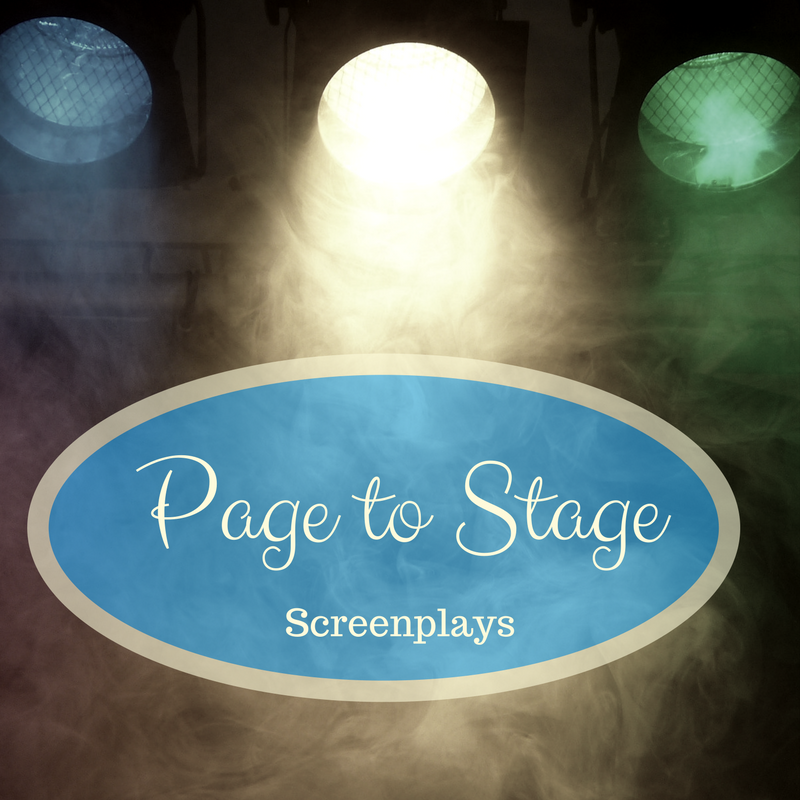Recently my best friend and I met up for our first guys’ night out of the year, after eating dinner we decided to go see the latest Star Wars film, THE RISE OF SKYWALKER .
For us it was more than just an appropriate “guy movie,” it was a trip back through our childhood on a cinematic journey. How could we resist the nostalgia of spaceships, droids, the age-old battle of good versus evil and of course seeing Princess Leia one last time?
The real caveat has been the real message of hope, against all the odds. For over forty years this series has inspired viewers with the idea of hope, starting with Star Wars: A New Hope.
Two generations of fans have left theaters with the idea that hope is the answer. When I first began my training as a writer in 2011, the first term I learned about was takeaway. If we always think reader (audience) first, they will take something with them from our writing.
I learned that the takeaway is inspired by numerous factors:
- Plot – the course of events that make up our story.
- Theme – the underlying idea behind the events that take place.
- Message – how the theme is acted out or upon.
Through these three fundamentals of a story, the takeaway inspires us to take action in life. And I believe deep inside of all writers we have a desire to change lives, and we attempt to change perspectives through our art. This is why takeaway is important to stories.
Takeaway?
Granted there are many forms of writing and each one has a different function: to entertain, to inform, persuade and my favorite, to enlighten.
Regardless of the function, a writer’s ultimate goal is to bring some form of change. We want to encourage our audiences to take action and that is why our prose needs takeaway value.
Even in fictional writing takeaway value is critical. It may be an inciting or motivating incident that gets our audience moving.
When I attended my first screenwriting conference in 2011, it included a speed pitch session. Similar to speed dating, writers were allowed to travel from one industry insider’s table to another for a short amount of time.
During that time we were to pitch our project to each prospective studio or producer. Regardless of the professional I pitched to, they all wanted to know what my screenplay’s takeaway was.
A studio or producer and even networks aren’t willing to invest their resources into a project unless there is a unique and marketable takeaway value in the project.
When writing has takeaway value, an audience or reader gains an understanding or perspective that can be incorporated into day-to-day life. As I learned in one of my classes through the former Christian writers Guild, “Editors look out for their readers—and they want to work with writers… who do the same. They publish articles that provide strong takeaway value.”[i]
They do this to meet a need in their readers’ lives. Once you decide on what you want to encourage your audience or readers to do or think, be sure to take steps to encourage them to take action. Below are a few steps you can take in your writing.
- Create an eye-catching title.
- Open with a real-life story.
- Anticipate the opposition.
- Evoke emotion.
- Keep readers interested.
- Write in the active voice.
- Invite readers to take action.[ii]
While these are intended for article or nonfiction writing, they easily apply to screenwriting:
- Titles can imply a lot about a movie.
- Most audiences can relate more to real-life stories.
- Most moviegoers are movie critics and want an enjoyable experience.
- Emotional stories touch audiences at a deeper level.
- Be creative and keep the audience interested.
- The age-old truth for screenwriting is to always write in the active voice as the story is unfolding before our eyes now.
- Give your story a conclusion that will motivate your audience.
By the time the credits start to roll at the end of a movie, the audience should have followed the plot, understood the theme and have a clear message from your narrative. No one likes leaving a movie unsatisfied and wondering why they invested the time and money into it—what was the point?
What’s The Point?
Every writer has a story, message or point they want to share. If you’re human you have a perspective, personality, and a voice. Screenplays are a visual way of expressing each.
- You can entertain.
- You can educate.
- You can inspire.
The best movies change us or something in us. Below are a few of my favorite, can you relate to their takeaway?
Shawshank Redemption: Redemption/change.
A Very Long Engagement : Real love never dies.
The Grace Card: We all need grace.
I’m sure you can think of
many of your favorites that have impacted your life, character, and beliefs.
Because if a story has no takeaway, then what’s the point?

Martin Johnson survived a severe car accident with a (T.B.I.) Traumatic brain injury which left him legally blind and partially paralyzed on the left side. He is an award-winning Christian screenwriter who has recently finished his first Christian nonfiction book. Martin has spent the last nine years volunteering as an ambassador and promoter for Promise Keepers ministries. While speaking to local men’s ministries he shares his testimony. He explains The Jesus Paradigm and how following Jesus changes what matters most in our lives. Martin lives in a Georgia and connects with readers at Spiritual Perspectives of Da Single Guy and on Twitter at mtjohnson51.
[i] Jenkins (2010) Apprentice Course CWG publishing Colorado Springs, CO p 87.
[ii] Jenkins (2010) Apprentice Course CWG publishing Colorado Springs, CO p 93.


 We love helping your growing in your writing career.
We love helping your growing in your writing career.

No Comments